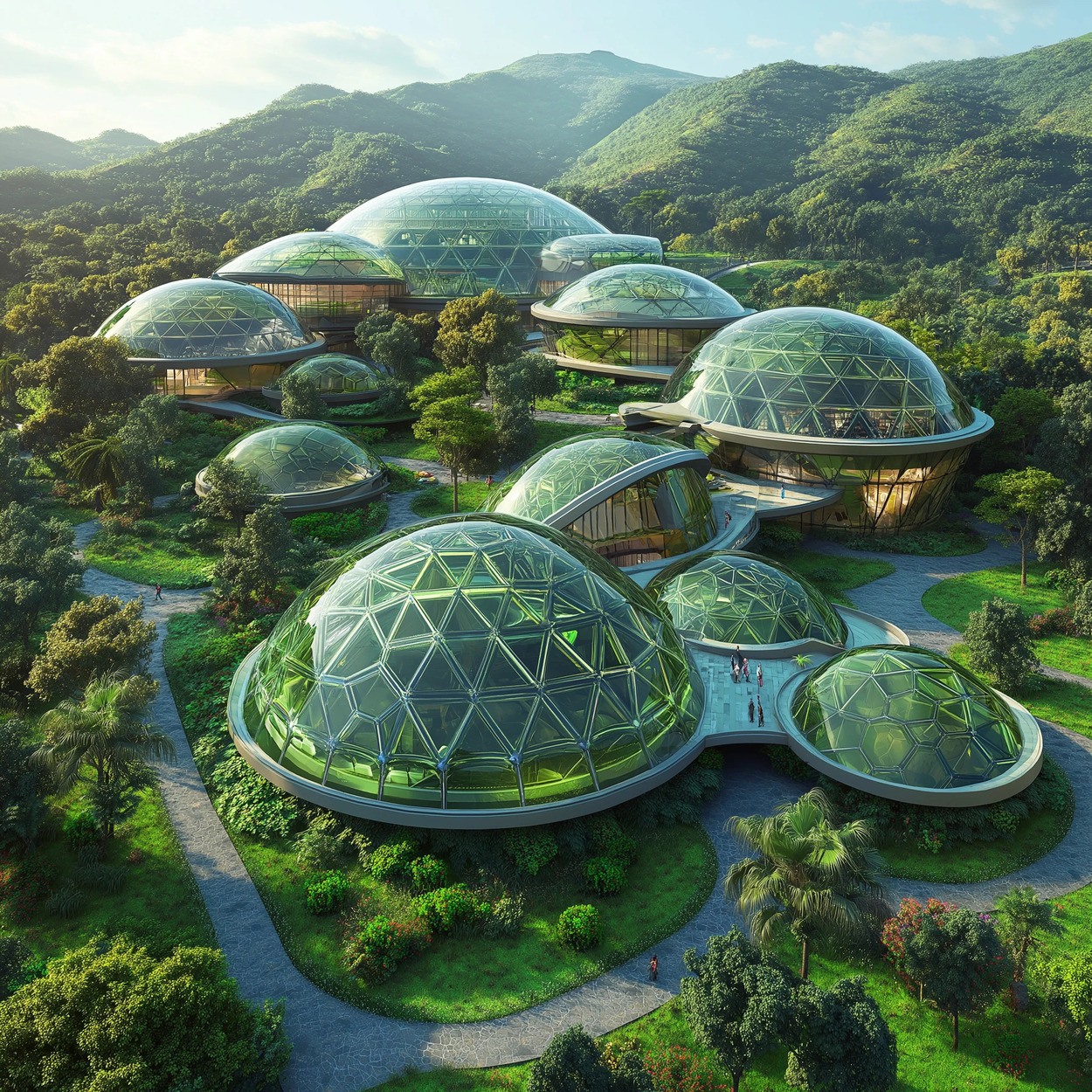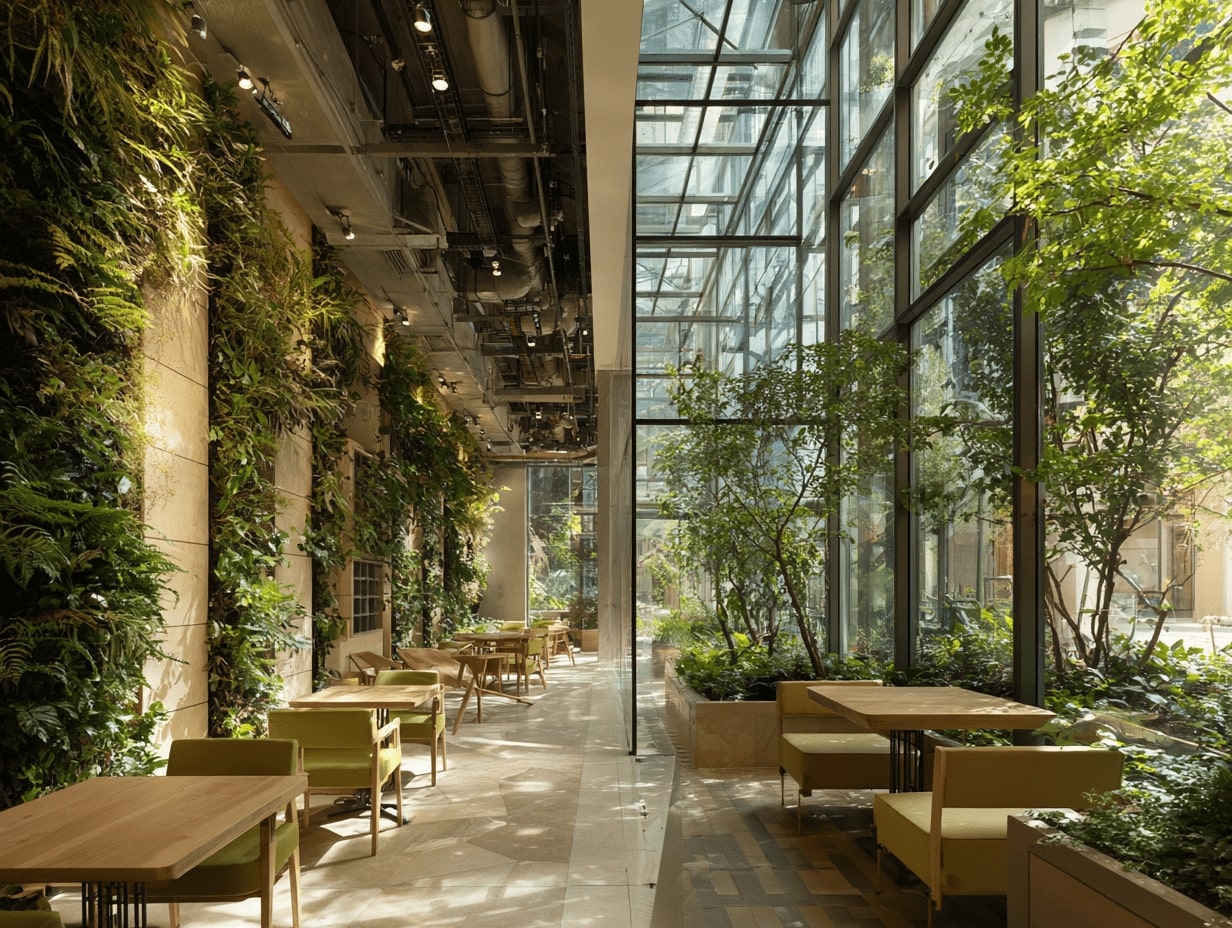- Home
- Articles
- Architectural Portfolio
- Architectral Presentation
- Inspirational Stories
- Architecture News
- Visualization
- BIM Industry
- Facade Design
- Parametric Design
- Career
- Landscape Architecture
- Construction
- Artificial Intelligence
- Sketching
- Design Softwares
- Diagrams
- Writing
- Architectural Tips
- Sustainability
- Courses
- Concept
- Technology
- History & Heritage
- Future of Architecture
- Guides & How-To
- Art & Culture
- Projects
- Interior Design
- Competitions
- Jobs
- Store
- Tools
- More
- Home
- Articles
- Architectural Portfolio
- Architectral Presentation
- Inspirational Stories
- Architecture News
- Visualization
- BIM Industry
- Facade Design
- Parametric Design
- Career
- Landscape Architecture
- Construction
- Artificial Intelligence
- Sketching
- Design Softwares
- Diagrams
- Writing
- Architectural Tips
- Sustainability
- Courses
- Concept
- Technology
- History & Heritage
- Future of Architecture
- Guides & How-To
- Art & Culture
- Projects
- Interior Design
- Competitions
- Jobs
- Store
- Tools
- More
Qinfeng Library: Pioneering Sustainable Architecture in Rural Xi’an

Located within the precincts of the eighteen junior high school of Xi’an Hi-tech Zone, the Qinfeng Library stands as a beacon of innovation and community engagement. This project, completed under the Hope Project in Shaanxi in collaboration with the Samsung (China) Social Welfare Program, is more than just a library; it is a testament to the potential of rural architecture in promoting education, community integration, and ecological sustainability.

The Qinfeng Library continues the design philosophy of “integration and mutualization” with its environment, yet ventures into new territories of architectural and social value. Firstly, its strategic positioning at the southeast corner of the school, bordering two major rural roads, is not a mere coincidence. This outward location is thoughtfully chosen to transform the building into a link between the school and the surrounding community. The library is not just a repository of books; it is envisioned as a hub of cultural exchange, benefiting both the students and the neighboring villagers.

The library’s design ingeniously incorporates open semi-outdoor spaces under the eaves on the south side, transforming these areas into shared spaces for active interaction. These spaces are envisioned as venues for cultural activities, enriching the rural life with diverse opportunities for seminars, exhibitions, and performances. The design’s flexibility in accommodating a variety of activities within a compact space is a testament to the “small space, multi-purpose” approach. Similarly, the semi-outdoor areas on the west and north side are designed in harmony with the neighboring buildings and landscapes, providing much-needed public interaction spaces.

The second aspect of the library’s design is its commitment to ecological sustainability. With technical support from the Zero Energy & Zero Carbon Building Research Team of Xi’an University of Architecture and Technology, the Qinfeng Library stands as a model of low-carbon architecture. The building’s orientation, form, slope, and openings are optimized for solar radiation in winter and natural ventilation during summer, especially utilizing the downhill wind in the afternoons. The single-slope form cleverly avoids sunlight impact on the north dormitory, while the skylight ensures year-round natural daylighting and ventilation.
The library’s commitment to sustainability extends to its power sources. The lighting, multimedia equipment, sockets, and smart windows are powered by photovoltaic (PV) panels, making it a fully DC-powered building. The PV installation, which combines aesthetics, safety, and cost-effectiveness, is a model of innovative and practical design in rural architecture.

Furthermore, the library is equipped with comprehensive monitoring equipment, with data transmitted to the cloud in real-time. This initiative not only ensures efficient operation but also contributes valuable data for the advancement of low-carbon building technologies.
Despite the challenges of rural construction and budget constraints, the Qinfeng Library is a significant stride in rural building development and public welfare in Shaanxi. It embodies the goals of the “14th Five-Year Plan” National Science and Technology Major Project of China, focusing on Zero-Carbon Building in Solar-Rich Areas. Moreover, it resonates with the policies of the State and Shaanxi Province on zero-carbon buildings and Building-Integrated Photovoltaics (BIPV).

In conclusion, the Qinfeng Library is more than a building; it is a blueprint for the future of rural architecture. It demonstrates how low-cost, rural school libraries can become centers of cultural vitality and environmental responsibility. The continued promotion of projects like the Qinfeng Library will not only enhance the educational landscape in rural areas but also pave the way for sustainable development in the region. This project stands as a shining example of how architecture can bridge the gap between rural development, environmental sustainability, and community enrichment.

Submit your architectural projects
Follow these steps for submission your project. Submission FormLatest Posts
What are Biodomes?
Biodomes are transforming architecture by blending ecological science with advanced design to...
The Quiet Revolution of Biophilic Design
Biophilic design is reshaping homes, workplaces, and cities—backed by evidence. Learn core...
Sustainable Solutions in Contemporary Architecture: From Passive Design to Clean Energy
Sustainable solutions in contemporary architecture: a practical playbook to hit net-zero, cut...
Sustainable Coastal Construction: Building Resilience Where Land Meets Sea
Sustainable coastal construction expert guide: plan, design, and build resilient shorelines with...




























Leave a comment